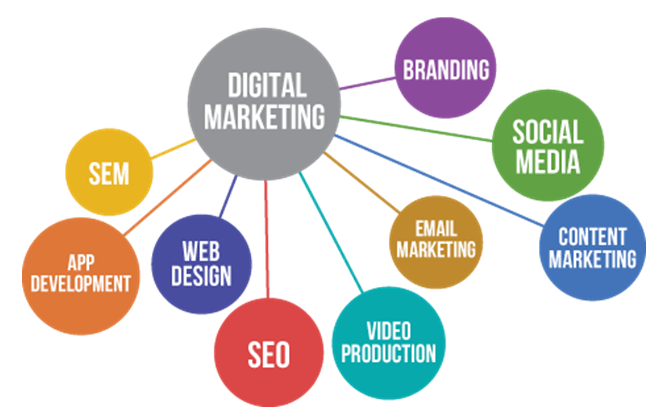To some, it’s merely another fancy buzzword. To others, it’s the backbone of their entire business. In my life, digital marketing opportunities are almost everything I do. For most entrepreneurs, however, it is a highly underutilized and misunderstood tool. This is simply not the case.

There are a number of free tools and opportunities within digital marketing that most entrepreneurs are missing. Here are just a few of them to help you.
Use the power of blog commenting to build links
Blog commenting has become a practice synonymous with spammers and sleazy online marketers. Because of this, most entrepreneurs do not take advantage of this incredible opportunity. Despite the negative connotation, blog comments are a fantastic way to promote your business and build a very natural link profile.
So, how can you use the power of blog commenting to market your content in an authentic, natural, and non-spammy way?
The first and most important step is finding the right blogs to comment on. The best way to do this is simply to use blogs you regularly read or blogs that show up in your social media feed. This practice ensures that you are posting on sites relevant to your niche.
